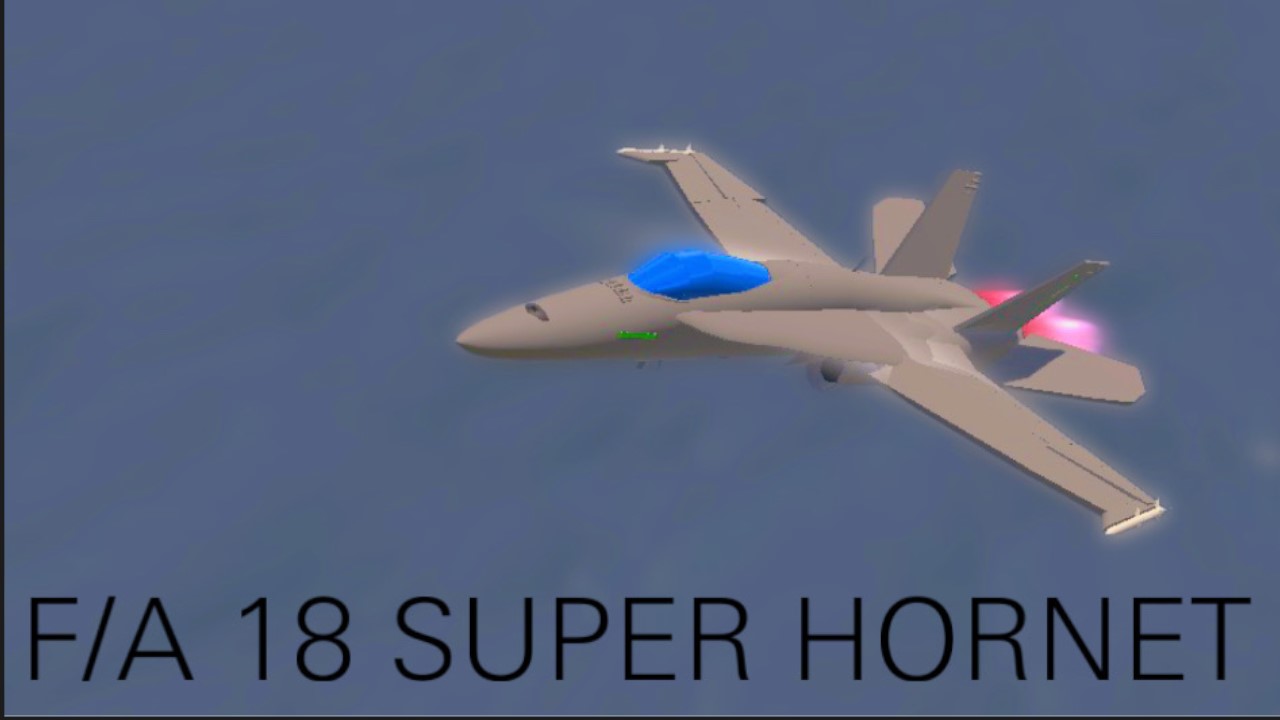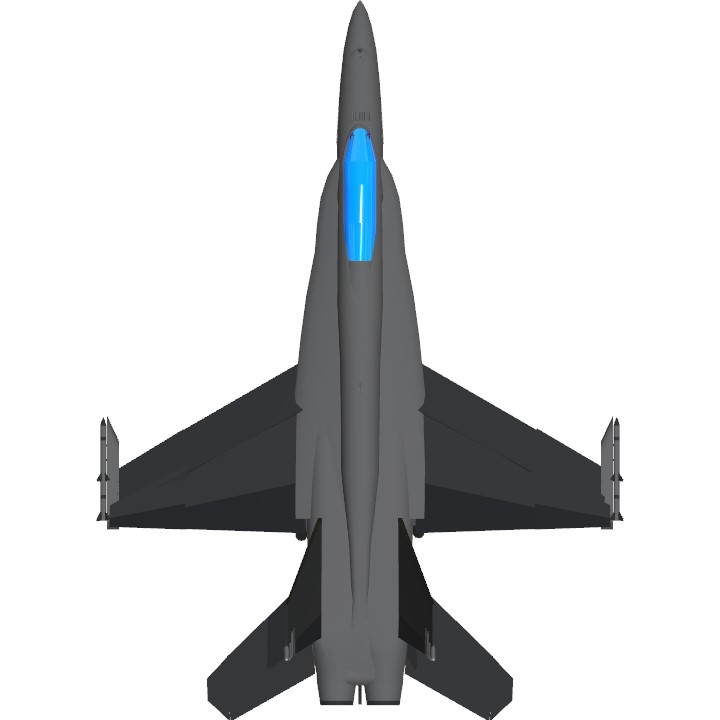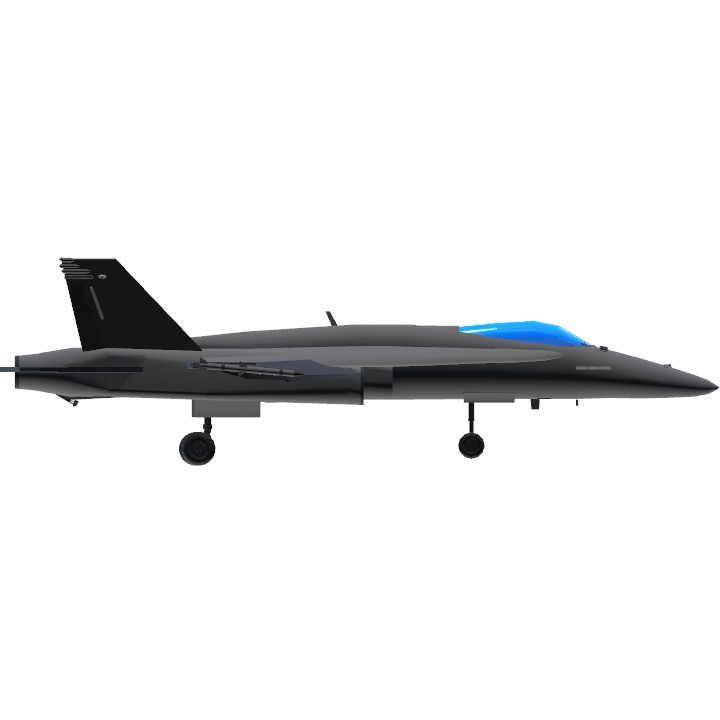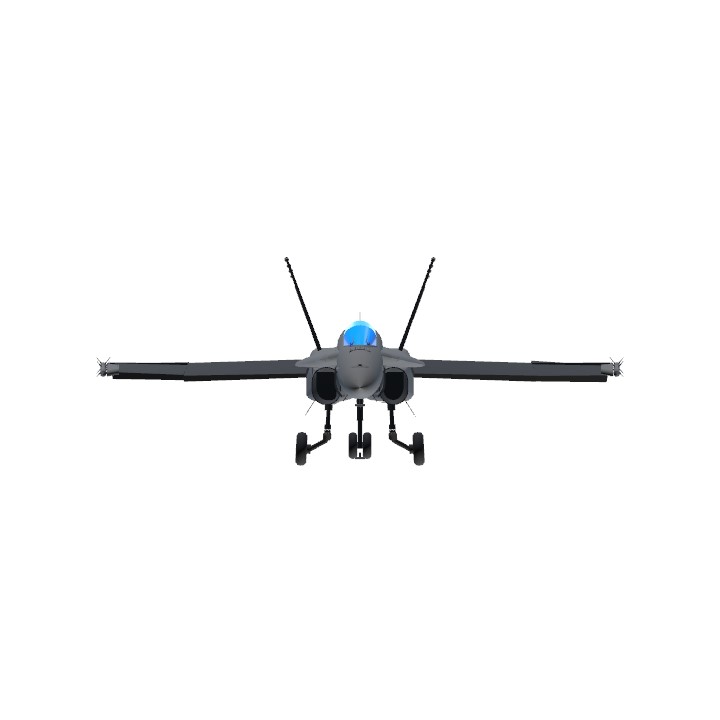hello guys doctor nowhere is here with a brand new banger and its mobile friendly anyways heres some history about it
Origins and Development
• The F/A-18 Hornet was developed in the 1970s–1980s as a multirole fighter for the U.S. Navy and Marine Corps, designed to operate from aircraft carriers.
• It was created by McDonnell Douglas (now part of Boeing) in partnership with Northrop.
• Its design evolved from the earlier YF-17 “Cobra” prototype, which lost the Air Force competition to the F-16 but was adapted for Navy use.
• The Hornet combined fighter and attack capabilities (hence the F/A designation: Fighter/Attack).
⸻
Key Features
• Twin engines, twin tails, high maneuverability.
• Carrier-capable: equipped with folding wings, tailhook, and reinforced landing gear.
• Multirole capability: could carry air-to-air missiles, air-to-ground ordnance, and perform reconnaissance.
• Advanced avionics for its time, including radar, targeting systems, and later upgrades for precision-guided munitions.
⸻
Operational History
• Entered service in 1983.
• Used extensively by the U.S. Navy and Marine Corps in conflicts including:
• Gulf War (1991) – for both air superiority and strike missions.
• Iraq War (2003–2011).
• Various operations in Afghanistan and against ISIS.
• Exported to several countries: Australia, Canada, Spain, Finland, Switzerland, Malaysia, and others.
• Known for reliability, versatility, and relatively low maintenance compared to contemporaries.
⸻
F/A-18E/F Super Hornet
• The Super Hornet is a larger, more advanced version of the original F/A-18 Hornet.
• Developed in the 1990s to replace older F-14 Tomcats and expand strike capability.
• First flown in 1995, entered service with the U.S. Navy in 1999–2000.
• Features compared to original Hornet:
• 25% larger airframe, longer range, heavier payload.
• Redesigned wings and new avionics.
• Reduced radar cross-section for some stealth features.
• F/A-18E is single-seat; F/A-18F is two-seat.
• The Super Hornet has become the backbone of U.S. carrier air wings and remains in production and active service today, complementing newer aircraft
Specifications
General Characteristics
- Created On iOS
- Wingspan 39.1ft (11.9m)
- Length 54.2ft (16.5m)
- Height 15.5ft (4.7m)
- Empty Weight 8,359lbs (3,791kg)
- Loaded Weight 42,046lbs (19,072kg)
Performance
- Power/Weight Ratio 4.168
- Wing Loading 92.3lbs/ft2 (450.4kg/m2)
- Wing Area 455.8ft2 (42.3m2)
- Drag Points 16735
Parts
- Number of Parts 203
- Control Surfaces 6
- Performance Cost 940





NO WAY i hitted gold ong how is this freaking real are we serious guys holy shit ty guys
What is this "Hornet" thing you speak of? Is it some sort of Wasp?
Nice Work
That's more looks like a regular hornet than super hornet
@SuperSuperTheSylph Yea, By LERX, Wing Shape And Size, And Overall Aircraft Size, It Is More To Early Legacy Hornet (A/C) Instead Of The Super Hornet / Rhino (E)
@SuperSuperTheSylph indeed
it is more like a legacy Hornet :))